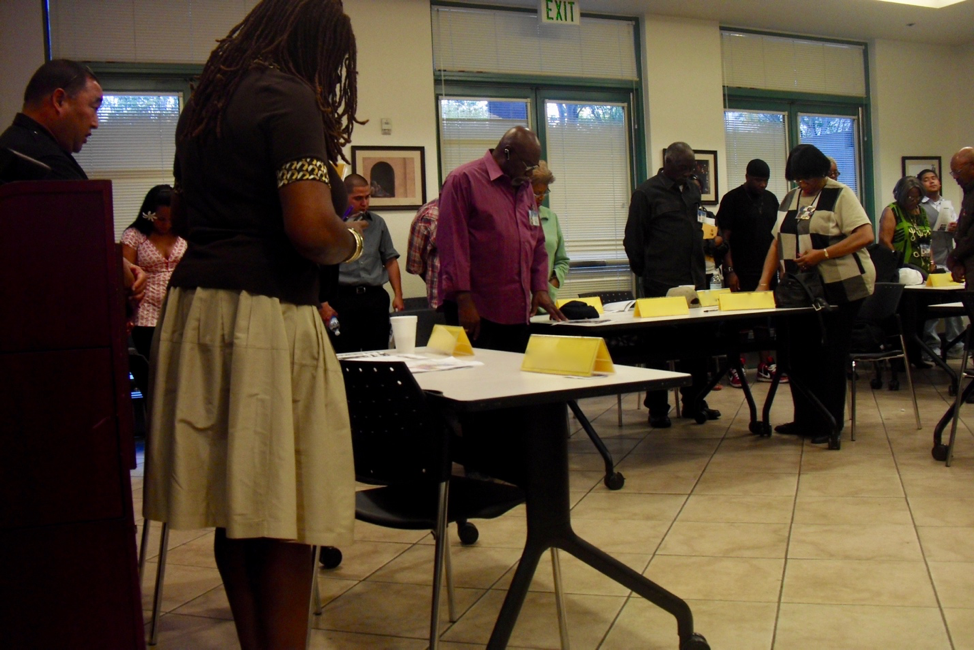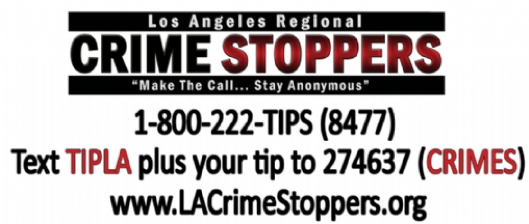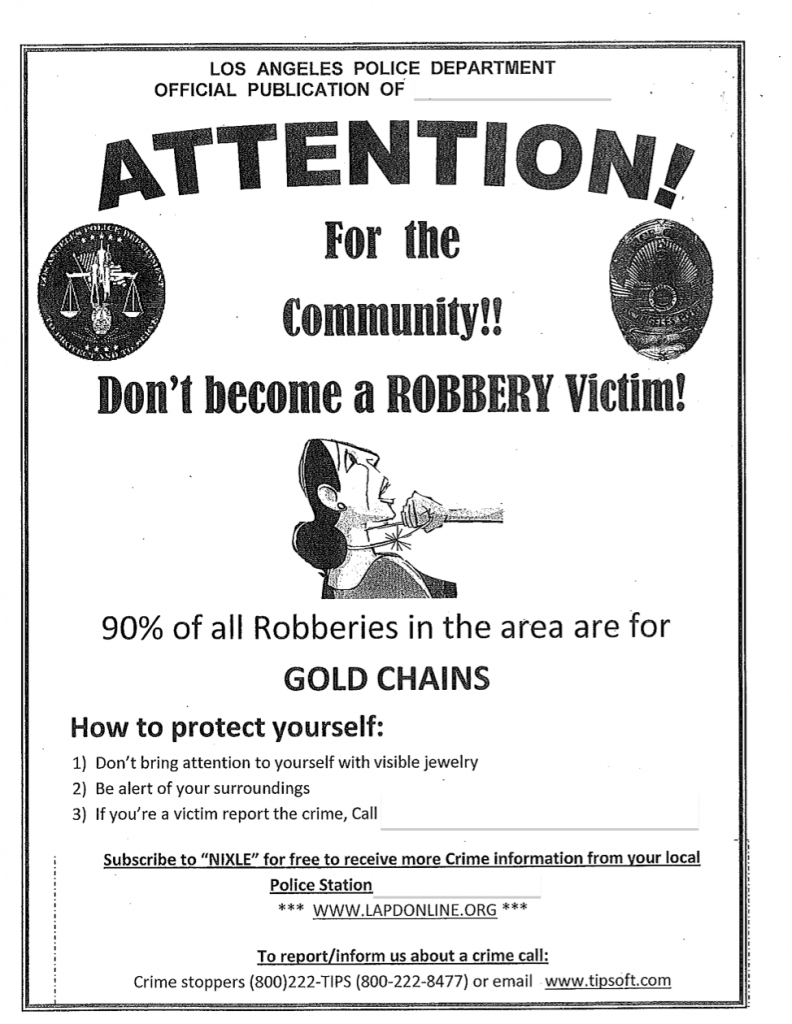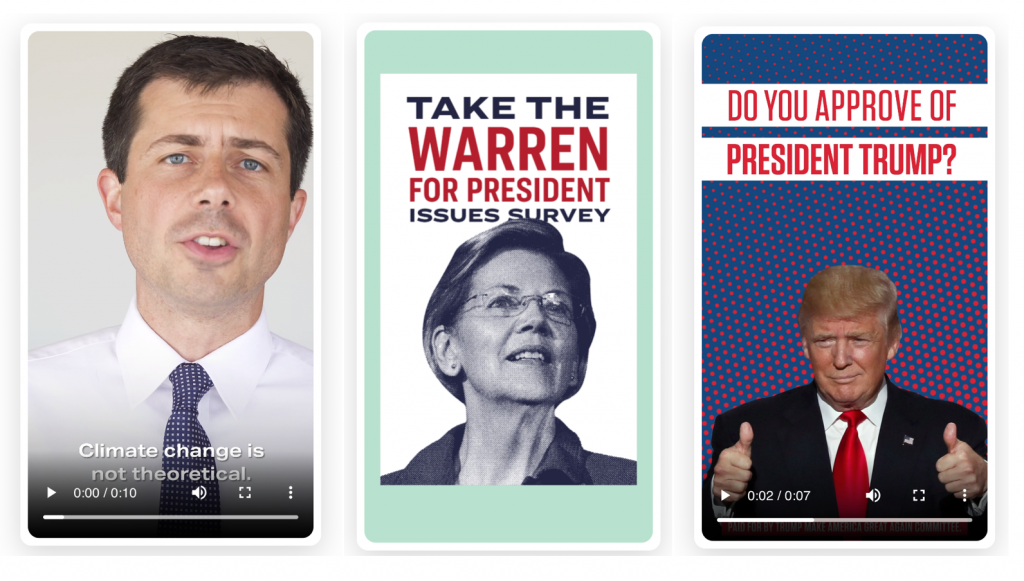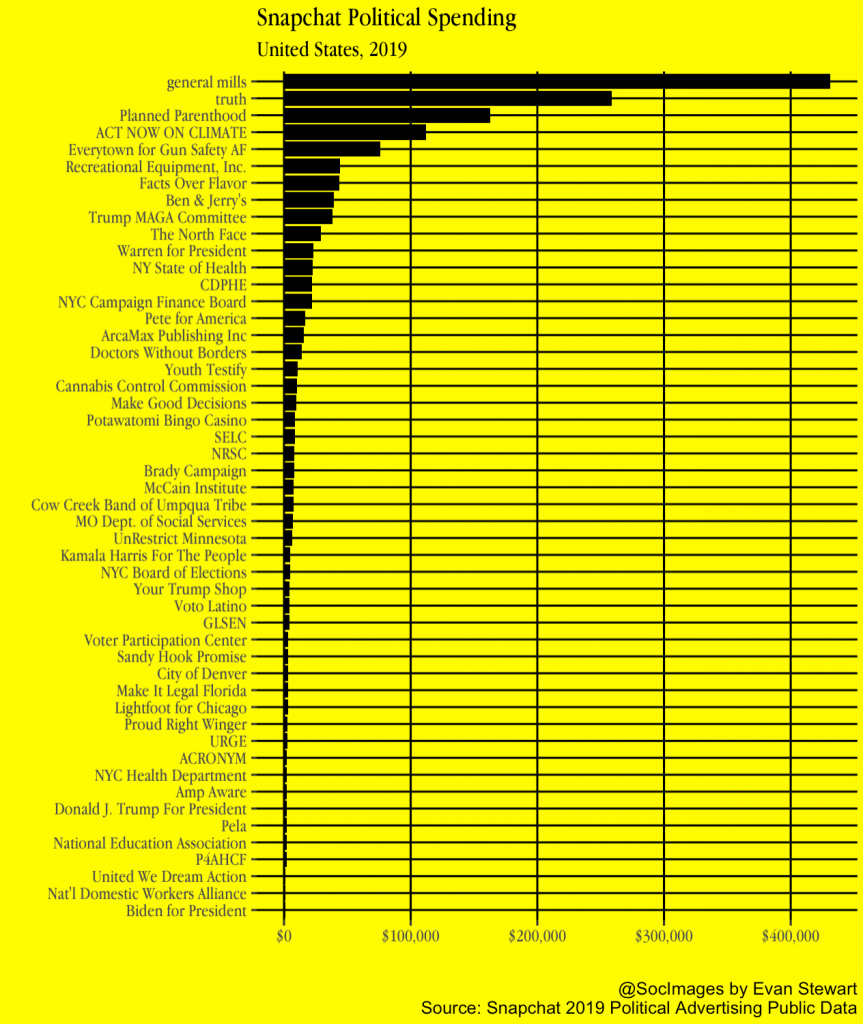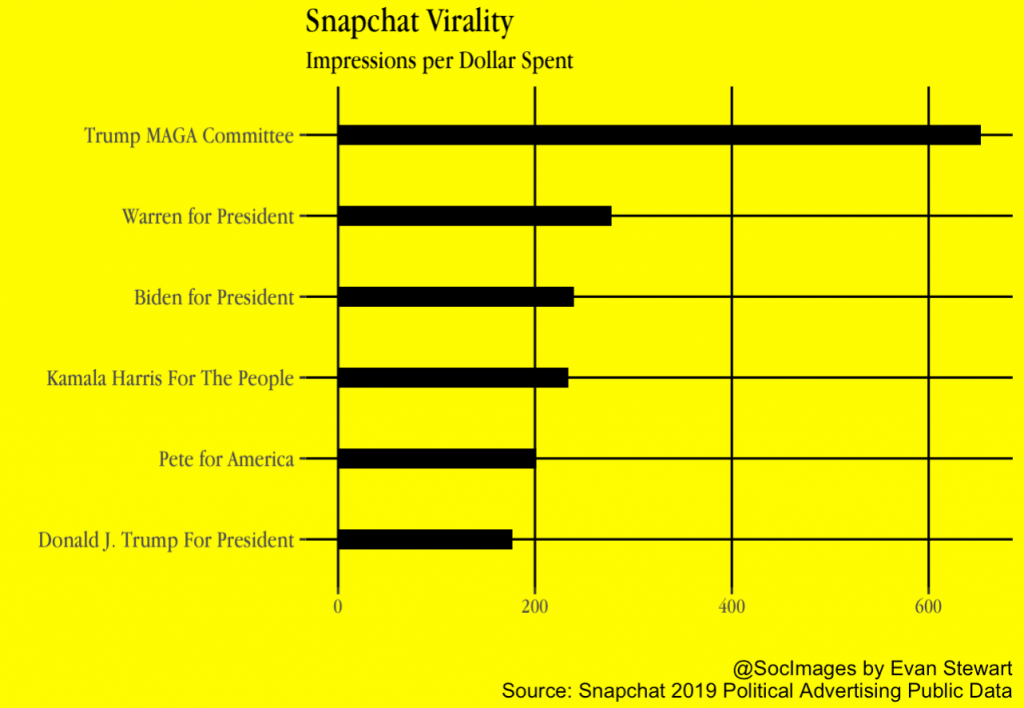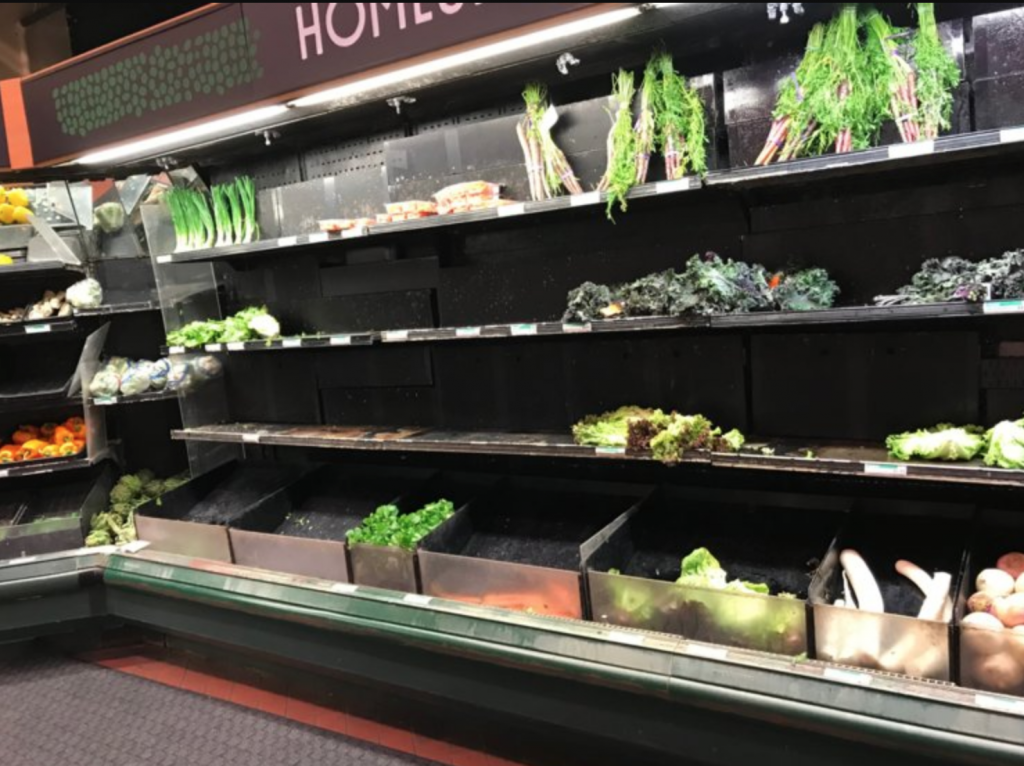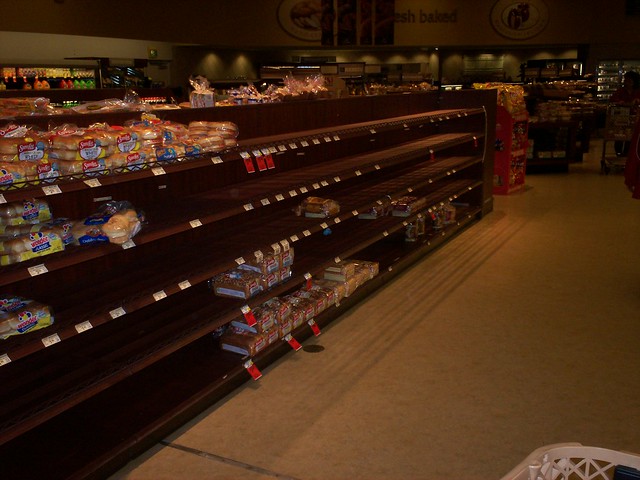For feminists, liking Barbie is tough. This top selling American toy has long been criticized for fueling sexist stereotypes, because women are not actually focused on dream houses, dream dates, beauty, and unbridled consumption.
And yet Mattel has made attempts to refashion the doll as women’s positions in society have changed. By the 1990s Barbie had careers as a firefighter, police officer, and in the military. She had also been a racecar driver, a pilot, and a presidential candidate. However, the 90s also gave us the infamous Teen Talk Barbie whose voice box had been programmed to say, “Math class is tough.”
The Barbie Liberation Organization (B.L.O.) switched Teen Talk Barbie’s voice box with that of talking G.I. Joe, and put the altered dolls back into their original packages and back onto store shelves. They released videotapes to major television news outlets explaining their action and calling attention to Mattel’s outdated gender ideology. With G.I. Joe saying, “Let’s sing with the band tonight” or “Wanna go shopping?” and Barbie saying, “Dead men tell no tales” the B.L.O.’s media-savvy culture jam threw our gendered expectations into sharp relief.
In addition to the B.L.O., women’s groups expressed concern that Barbie’s math-anxious statement would discourage girls from pursuing math and math-related fields, and so Mattel removed the offending remark from Barbie’s voice box.
Inspired by the B.L.O. and other culture jammers, for Barbie’s 50th anniversary in 2009 I initiated a “Barbies We Would Like to See” exhibition on my campus. The exhibition included Muslim Girl Barbie (made from a 1960s Skipper doll), Stay-At-Home-Dad Ken, Public Breastfeeding Barbie, and Lesbian Wedding Barbie—to name a few.
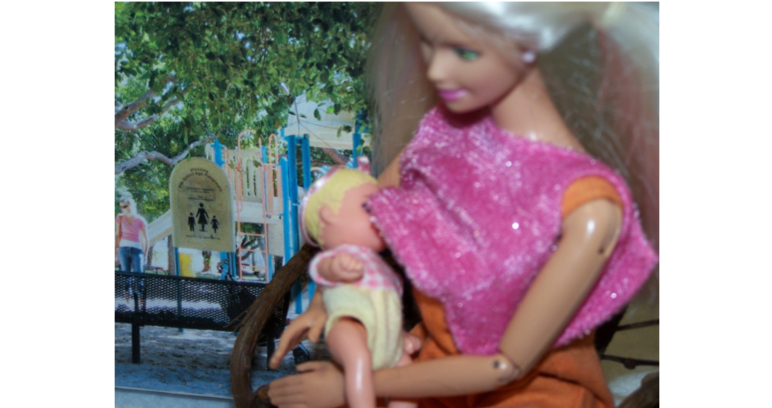

And now, as Barbie turns 60, we can see how participatory social media has made it possible for anyone with a dream for Barbie to share it instantaneously and widely. For example, Black Moses Barbie videos on YouTube use Barbie dolls to depict imagined moments in history with Harriet Tubman, and photographer Mariel Clayton creates elaborate scenes with Barbies—sometimes violent, sometimes sexual, sometimes both—which she photographs and shares on her public Facebook page. There are entire Instagram accounts devoted to depictions of Barbie and social critiques made through Barbie, for instance Sociality Barbie, the anonymous Instagram feed with over 800,000 followers that depicts Barbie as a Portland, Oregon hipster. In our documentary video on Barbie in the age of digital reproduction (produced by Martha McCaughey and Beth Davison, linked above), we see how these artists and Barbie hackers go much farther than Mattel to re-imagine gender and pop culture. Indeed, they make curvy Barbie, released in 2016, and the gender-neutral Creative WorldTM dolls, released this year, look pretty conventional.
In line with Rentschler and Thrift’s (2015) argument that feminist meme propagators do feminist cultural production, Barbie artists and activists sharing their altered dolls on social media are doing feminist cultural production and creating “feminist community-building media” (Rentschler 2019). In this age of digital reproduction Mattel can neither thwart nor ignore what people want to do with their dolls. Indeed, the changes Mattel has been making to their dolls can be seen as a direct result of the willingness of artists, activists, and fans to playfully engage with—rather than simply criticize—their dolls.
Barbie has always been malleable. Thanks to feminist media, perhaps Mattel can now acknowledge what Barbie hackers have long known: that gender, like the doll itself, is plastic.
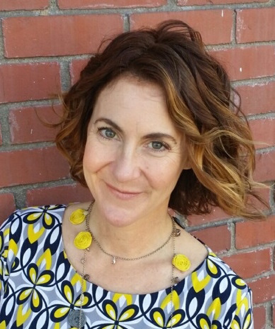
Martha McCaughey is Professor of Sociology at Appalachian State. She is the author of The Caveman Mystique: Pop-Darwinism and the Debates Over Sex, Violence, and Science, and Real Knockouts: The Physical Feminism of Women’s Self-Defense.She blogs on sexual assault prevention at See Jane Fight Back.
Works Cited
Rentschler, Carrie, 2019. “Making Culture and Doing Feminism.” Pp. 127-147 in Routledge International
Handbook on Contemporary Feminism Ed. by Tasha Oren and Andrea Press.
Rentschler,
Carrie and Samantha Thrift, 2015. “Doing Feminism in the Network: Networked
Laughter and the Binders Full of Women Meme” Feminist Theory 16:3:329–359.

